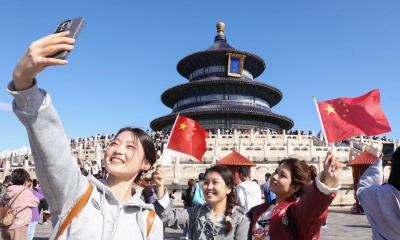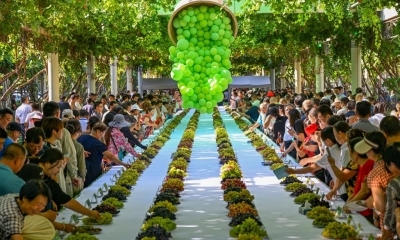On the Great Wall of China and the Communist Party of China
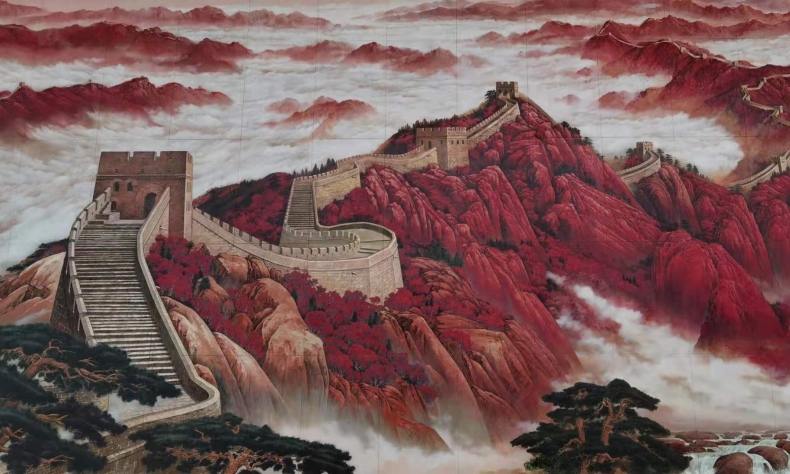
Foreign critics suggest that party members join out of self-interest to be part of a powerful elite. But it is party members who are first responders at times of crises be it Covid-19, an earthquake, or poverty alleviation.
On entering the magnificent foyer of Beijing’s new museum devoted to the history of the Communist Party of China (CPC), be prepared to be awestruck by Cheng Xiangjun’s image of the Great Wall of China.
Gloriously rendered, using techniques as old as Chinese culture itself, the Great Wall snakes across 600 square metres of lacquered boards: a pink ribbon, interlaced between wine red mountains that float on a sea of clouds.
Of course, the Great Wall was not built by CPC, but arguably everything else about modern China is of the Party’s making. However, nothing could have been achieved without the support of the Chinese people and 4,000 years of Chinese culture.
In ancient China, culture ruled. China’s rulers were for 3,000 years entrusted as stewards of the land, given the Mandate of Heaven. This tradition, modified and codified by Confucius and his followers, led to the expectation that rulers should demonstrate virtue that matched that found in heaven. Confucian thinking saw the ideal society being ordered by virtue. Rulers who did not demonstrate their virtue, through personal moral development and a deep concern for their subjects, would lose their legitimacy and could be deposed.
Chinese culture was collectivist. The basic social unit was the family, bound by blood-ties but even more so by ordered, gendered obligations: kindness; obedience; respect; guidance; and protection. Families had a collective identity and reputation with the interests of the family taking precedence over those of the individual. China, itself, can be likened to a long-established family, bound together by expectations and obligations. And collective interests are placed ahead of individual ones. Throughout its 100-year history, the CPC’s heroes have put other people’s interests above their own; 1,800 recently gave their lives in the successful campaign to eradicate extreme poverty. With communism defined as a form of social organization in which persons contribute and receive according to their ability and needs, Chinese society and communism are isomorphic.
Given this understanding of Chinese culture, communism is the natural modern form of governance. Perhaps unexpectedly, it builds on foundations laid by nearly 1,500 years of Confucian thought. But support for the Chinese Communist Party also reflects its outstanding achievements.
In 1921, when Mao Zedong and a few others met surreptitiously in a Shanghai shikumen (a cheaply built house like a Western-style terrace), they were forced to relocate to a pleasure boat to avoid being overheard. With this inauspicious start, who could have imagined the foundation of the People’s Republic of China in 1949?
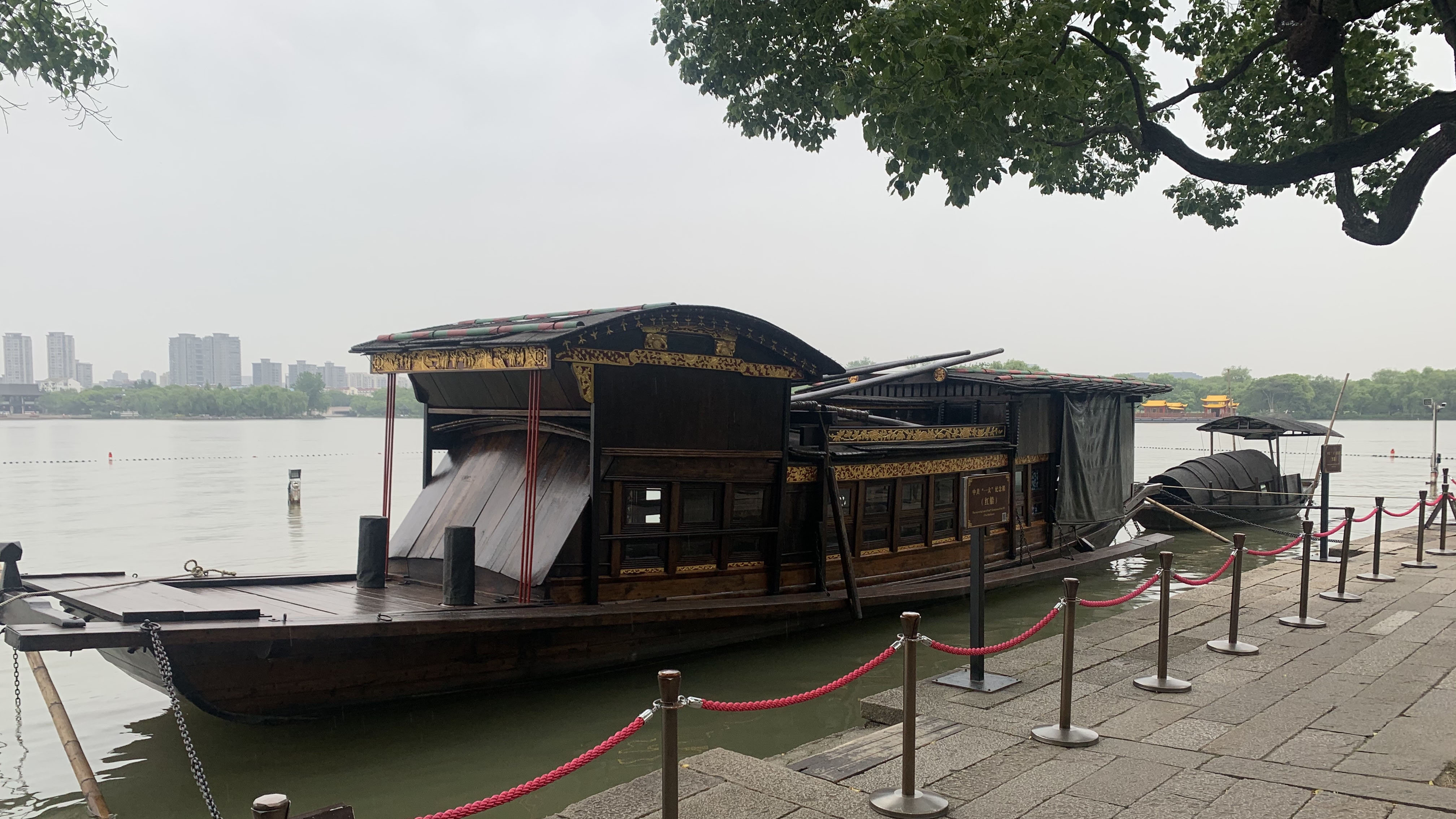
China was semi-colonial and semi-feudal in 1921; now it is accepted as a global power. It is the world’s largest trading nation, holds the largest volume of foreign exchange reserves, and attracts more inward foreign direct investment than any other country. Moreover, these strategic developments have translated into higher living standards. China’s GDP, its annual income, is 90 times what it was in 1960. By 2020, urban residents had seven times more to spend than in 2000, and 29 times more than in 1990. With extreme poverty eradicated, almost everyone is materially much better off than their parents’ generation. They are invariably wealthier than when they were young.
Perhaps not surprisingly, therefore, support for the Party and central government has been increasingly steadily since first independently measured in 2003. A Harvard survey published in July 2020 found that 93 percent of the Chinese surveyed showed satisfaction with the Central Government led by CPC. And 70 percent of users were also approving of local government with large numbers viewing officials as kind, knowledgeable and effective.
This is not to say that everything is perfect. Errors have been made in the past and are acknowledged in the new museum as ‘twists and turns’. And there is unfinished business. In 2020, rural disposable incomes were much less than half urban ones; rural migrants still did not enjoy the benefits of other urban residents in full scales; the population was rapidly aging ahead of adequate social security provision; and pollution remained a major issue. Indeed, the transition from a heavily carbon-based economy will be particularly difficult to manage without hurting some of society’s weakest members.
However, the Chinese Communist Party has proved that it is nothing if not flexible, transitioning from a guerrilla army to a national government, from a quasi-military group with a primarily rural membership to a largely urban organisation, and from dismantling a feudal economy, confiscating the assets of landlords, to managing a socialist market economy with some encouraged to get rich first.
From abroad, the CPC is perceived to be separate from the population and controlling of it. With 92 million members – and more wanting to join –it is surely the largest participatory political party in the world. Women are underrepresented but, even so, the Party directly involves 7.8 per cent of the adult population compared to just two per cent for all nine political parties active in the United Kingdom (my home nation). Foreign critics suggest that party members join out of self-interest to be part of a powerful elite. But it is party members who are first responders at times of crises be it Covid-19, an earthquake, or poverty alleviation.
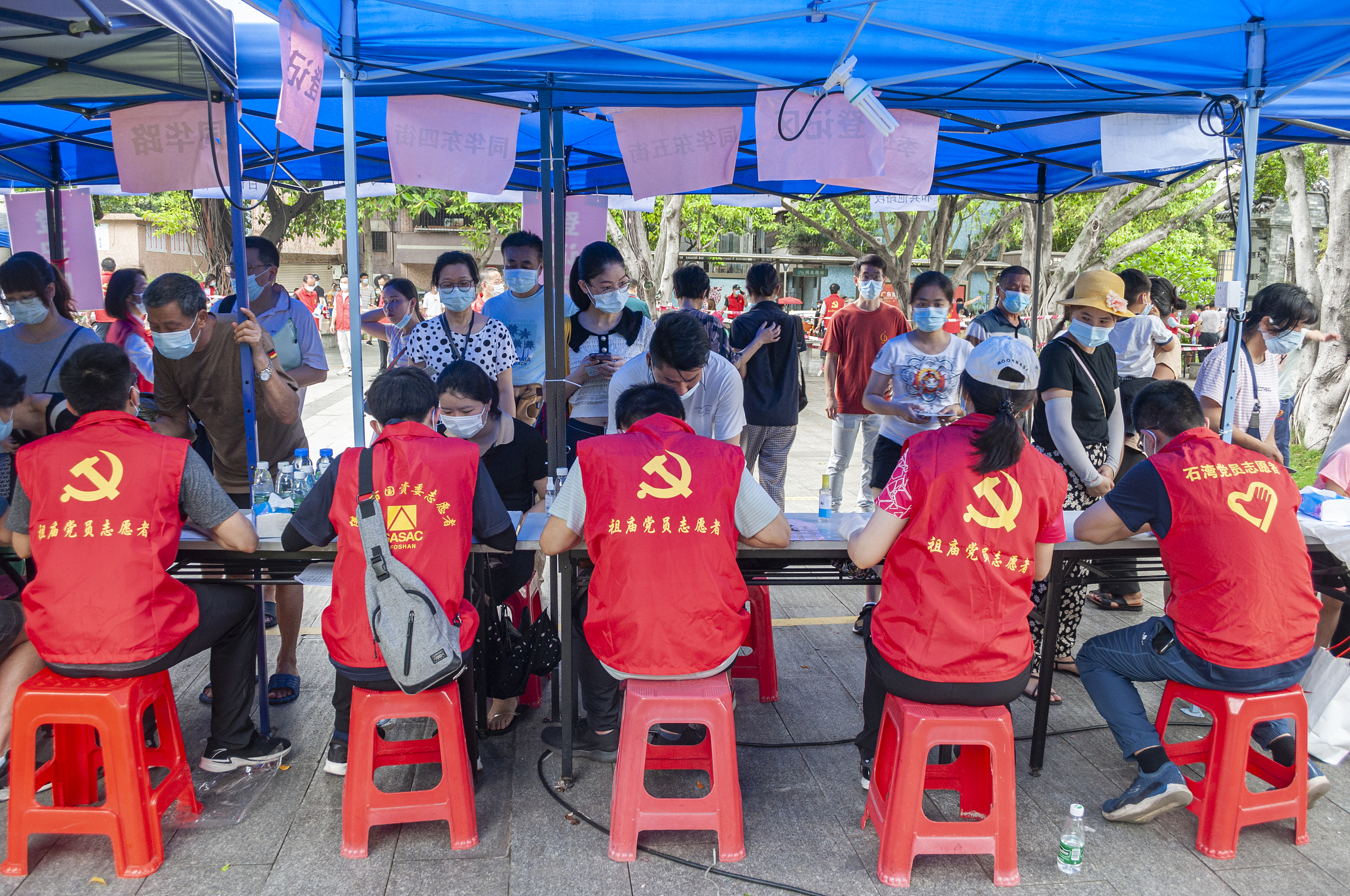
China is also criticised for being a ‘one-party state’ with no diversity or choice. But 92 million members choose to shape the Party and its policies from the inside. In the US, there are just two major parties that cling to the middle ground of politics and typically differ in rhetoric much more than substance. No president has ever been elected who was not either a Democrat or a Republican. And, in many areas in the US, there is effectively no secret ballot. Voters, on registration, must declare the party for which they intend to vote.
Because of the synergy between the Party and the Chinese people, China has hitherto been simpler to govern than either the US or the UK. Because Chinese people put the community ahead of self-interest, it is easier to collaborate and coordinate. Examples abound with public officials adding to their duties to fight poverty; commercial companies supporting start-ups in deprived areas; and rich cities in the east adopting poorer communities in the west. As someone in an at-risk group for Covid-19, I perhaps owe my life to the Party, to the on-line surveillance, instant tracing, and copious testing that only China can do. I certainly feel safer in China than I would have done at home.
But all this is 100 years of history and only the future is now important for China and the CPC. Attention has turned to the goal of building common prosperity. Since ‘opening-up’ the economy, social harmony has been forged from newly earned wealth and poverty has been eradicated at minimal cost to the already rich. However, achieving common prosperity will require the rich and the not so rich, China’s middle class, to forgo living standards to benefit those poorer than themselves. The image of the Great Wall captured by Cheng Xiangjun must be seen to protect society rather than to divide it. It is a wall that the CPC can only build with the active support of a middle class prepared to put the well-being of the community – the family that is China – above its own.
The article reflects the author’s opinions, and not necessarily the views of China Focus.
 Facebook
Facebook
 Twitter
Twitter
 Linkedin
Linkedin
 Google +
Google +




